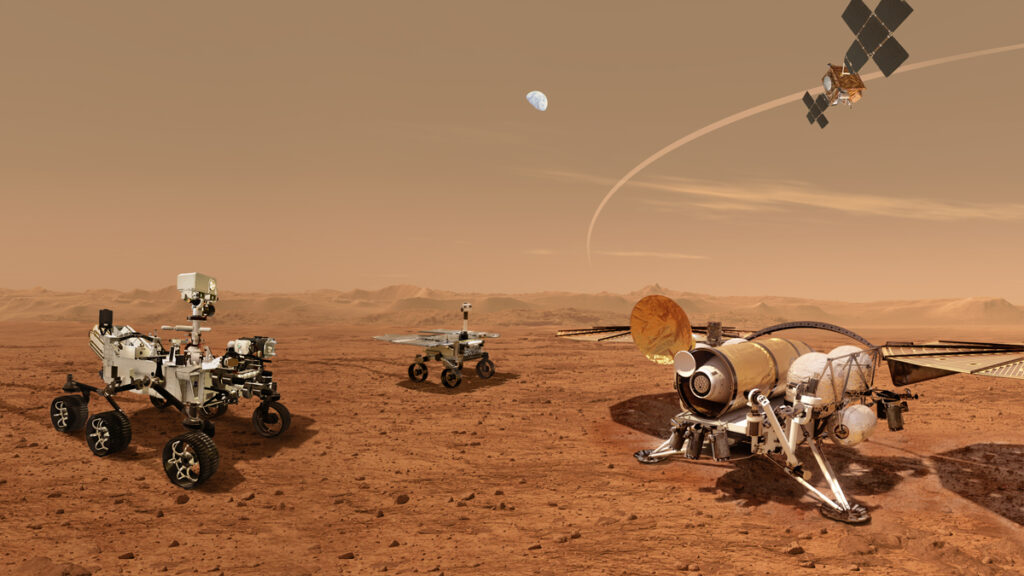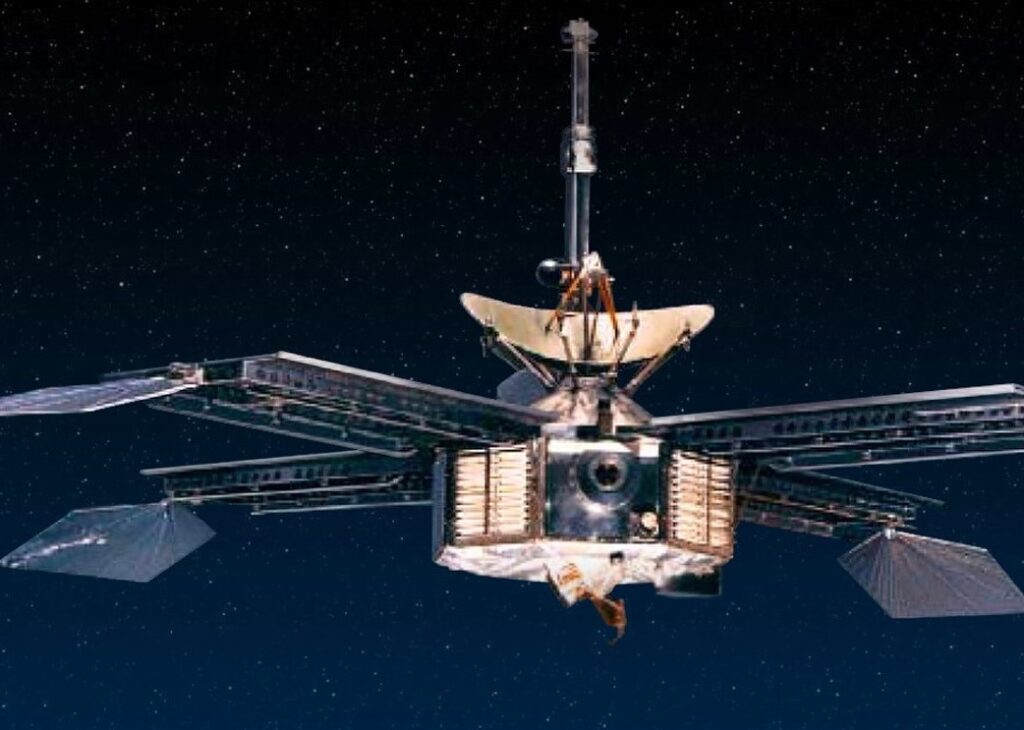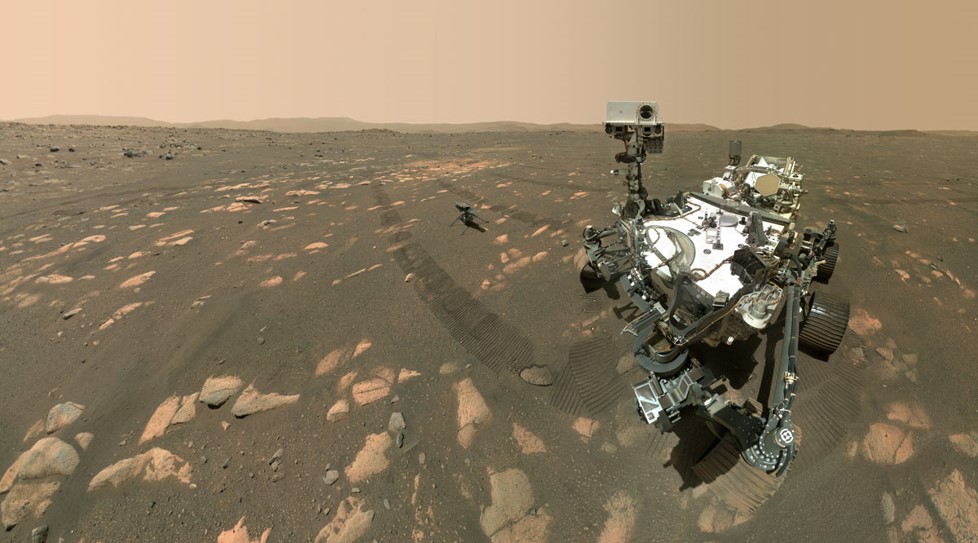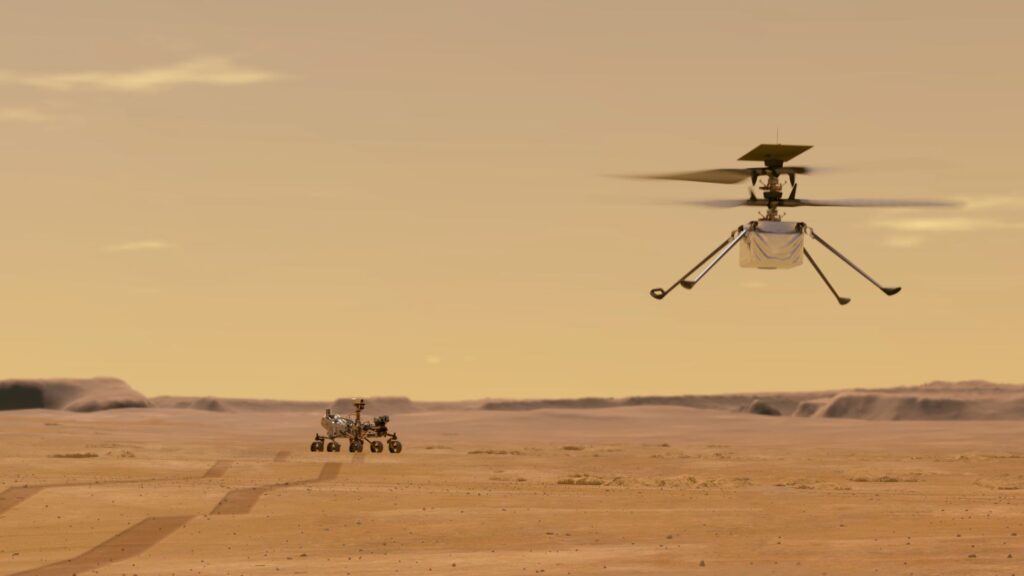Uncrewed Missions
Sending astronauts to Mars was once a distant dream for many; and understandably so, cause escaping Earth’s gravity and reaching the moon were thought to be impossible, let alone reaching Mars. Nevertheless, here we are planning for a human settlement on a different planet! But it’s still a case of “so close, yet so far”.
And until we can ascertain the utmost safety and favourable success rate for a crewed mission, we’ll continue to rely on our metal creations to explore and research the Martian environment. Yes, I’m talking about the various types of orbiters and rovers that have been and will be launched towards Mars.

Our artificial companions are perfect for these situations. They can be built to withstand harsh conditions work autonomously, don’t need human provisions such as food, water and oxygen and is much cheaper than a crewed mission. Furthermore, we’ve been shooting them at Mars since 1960. Just try and wrap your head around that; the first attempt at an uncrewed Mars mission was before LED’s were invented.
Where it All Began
Like many space programs, exploration of Mars too originated from the 20th century space race between USA and Soviet Union. The Soviets were the first to attempt and the Americans followed soon after during 1964. Korabl 4, Mariner 3 (Soviet Union’s and USA’s first missions respectively) and many more of the early missions were flybys, meticulously planned and designed to merely fly past Mars and take pictures while in the vicinity.


And although technology of that era was not as advance, it seems wasteful to spend so much money and resources for a flyby, just out of spite for each other. In the end NASA’s (USA) Mariner 4 launched in 1964 was the first successful mission to Mars returning a “staggering” … 21 images of the planet. Even to date only 8 countries/group of countries have enjoyed success in reaching Mars (NASA – USA, SSC – USSR/Roscosmos – Russia, JAXA – Japan, ESA, ISRO – India, CNSA – China, UAESA – UAE).
Visit the link to find out more about all past Mars missions: https://mars.nasa.gov/mars-exploration/missions/historical-log/
Modern Day Missions
The more recent day missions are far more advanced and are all either orbiters, rovers, or a combination of the 2. While orbiters as the name suggest, remain in orbit around the planet, rovers on the other hand are land vehicles that explore the surface. Both have their own unique purpose of gathering data on the various environmental features of the planet and together they provide scientist on Earth with a clear picture of the conditions on Mars.
The data that is sent to us is obtained through a series of experiments on soil and air samples, gravity, atmospheric pressure and much more. Visual data obtained through photographs and UV/infra-red cameras also play a major role in collecting data to understand the terrain. And two major contributors of data for Mars Research have been, NASA – USA with the Mars 2020 Perseverance Rover among their many other orbiters and rovers, and ISRO – India with the Mangalyaan Mars Orbiter Mission in 2013. These Mars projects have regarded as one of the most successful in history due to various obstacles they overcame to achieve their respective results.


Perseverance Rover
NASA’s Perseverance rover launched in 2020 with the goal of finding signs of ancient life and collecting Martian samples which can be brought back to Earth in the future. Along with Perseverance NASA also sent along Ingenuity which is a small helicopter to test flight in Martian atmosphere. The total project cost in the vicinity of $2.7 billion of which $2.5 billion was spent on the crafts itself.

Since launching on 30th July 2020 and landing safely at Jezero Crater, Mars on 18th Feb 2021, the rover has already sent back stunning images and vast amounts of information about Martian atmosphere, climate and geology and has collected numerous samples of intact rock – unlike the previous rovers which turn the rock into dust, which reduced possibility of finding proof of ancient life. And in the coming years the rover will continue to serve its purpose and hopefully accomplish the goal set out for this mission.
Mangalyaan Mars Orbiter Mission
ISRO’s Mangalyaan Orbiter Mission was India’s first attempt at Mars and its goal was developing interplanetary technologies for future mission and collecting data on surface features, minerology, and atmosphere of the planet. Launched on 5th Nov 2013 and reaching Mars orbit on 23rd Sept 2014 the orbiter has since collected invaluable data and taken numerous pictures to fulfill its goal. Even after completing its 6-month mission plan, the orbiter has continued to send back stunning images of the Martian surface.
But these are not the reasons why Mangalyaan is regarded as a highly successful, as other orbiters returned similar results. India’s Mars Orbiter Mission is regarded as such due to the fact that ISRO was able to effectively able to achieve Mars Orbit in its first attempt which no other country has done before and all on a budget of $74 million compared to $672 million for NASA’s MAVEN Orbiter. Furthermore, due to the power limitation of the of ISRO’s most powerful rocket at the time – the PSLV C-25, a catapult maneuver using Earth’s gravity had to be used to even reach Mars’ vicinity.


Mangalyaan and Perseverance have proved that a mission to Mars can be monetarily efficient and produce great results which is how future resupply missions will need to be if we ever want to establish a self-sustaining Human Settlement on Mars.

Great Writing!!